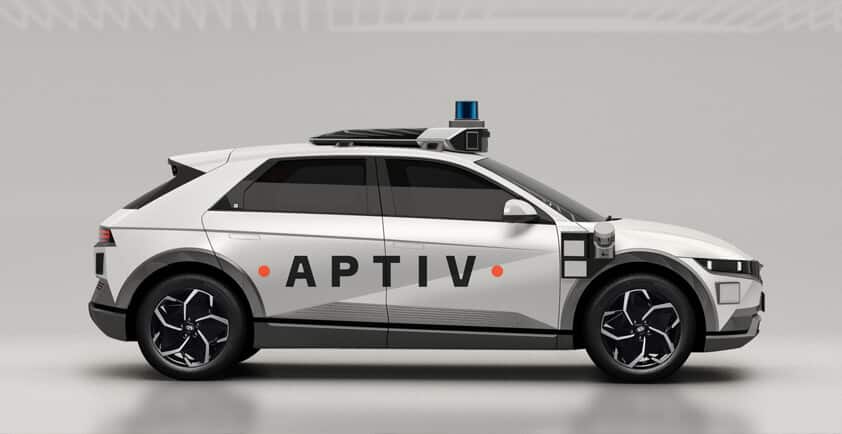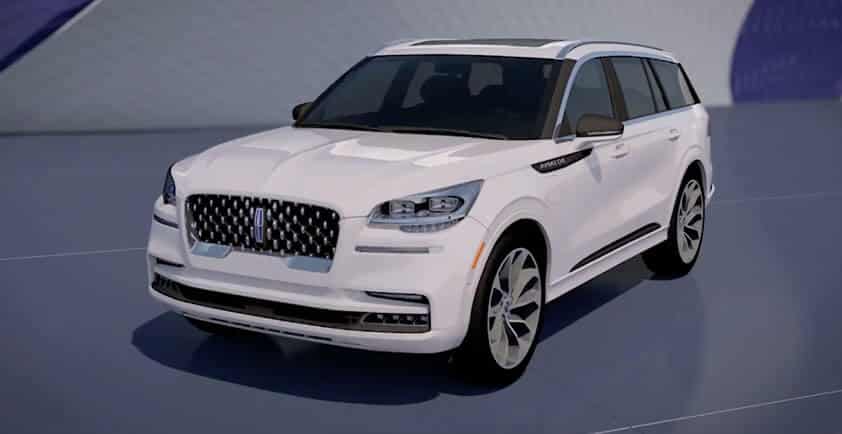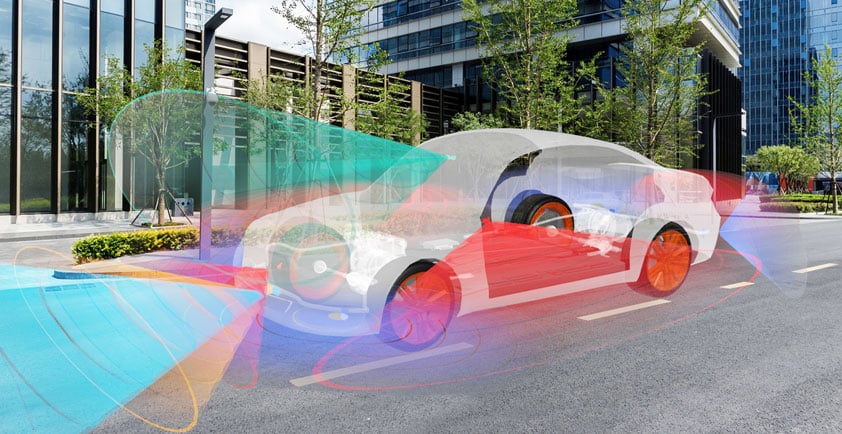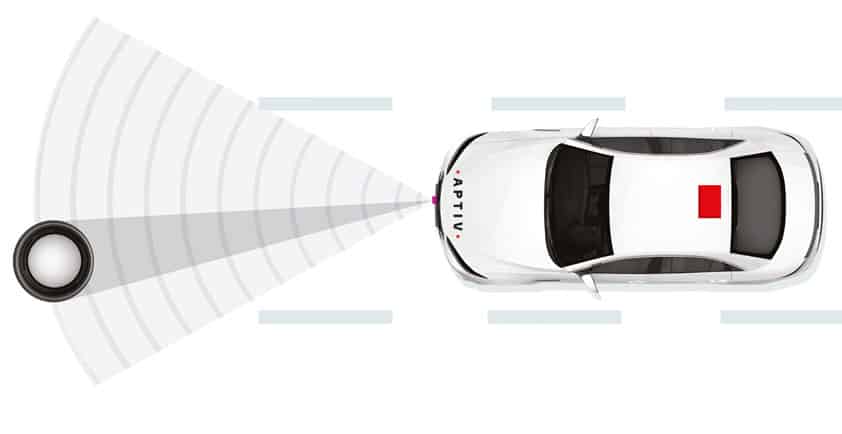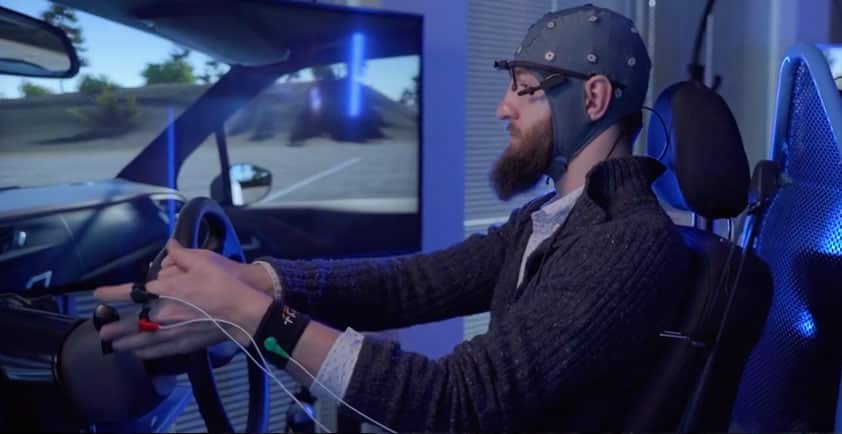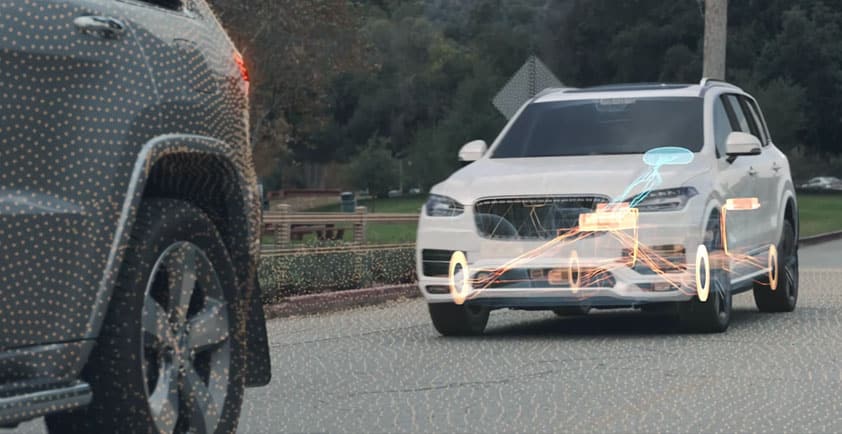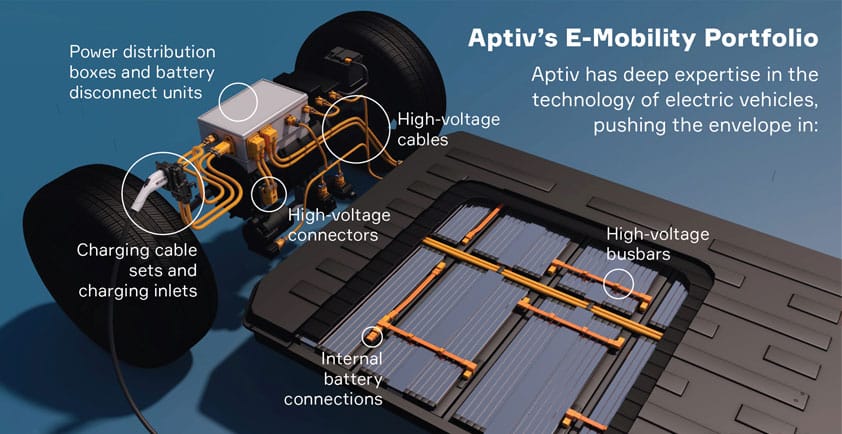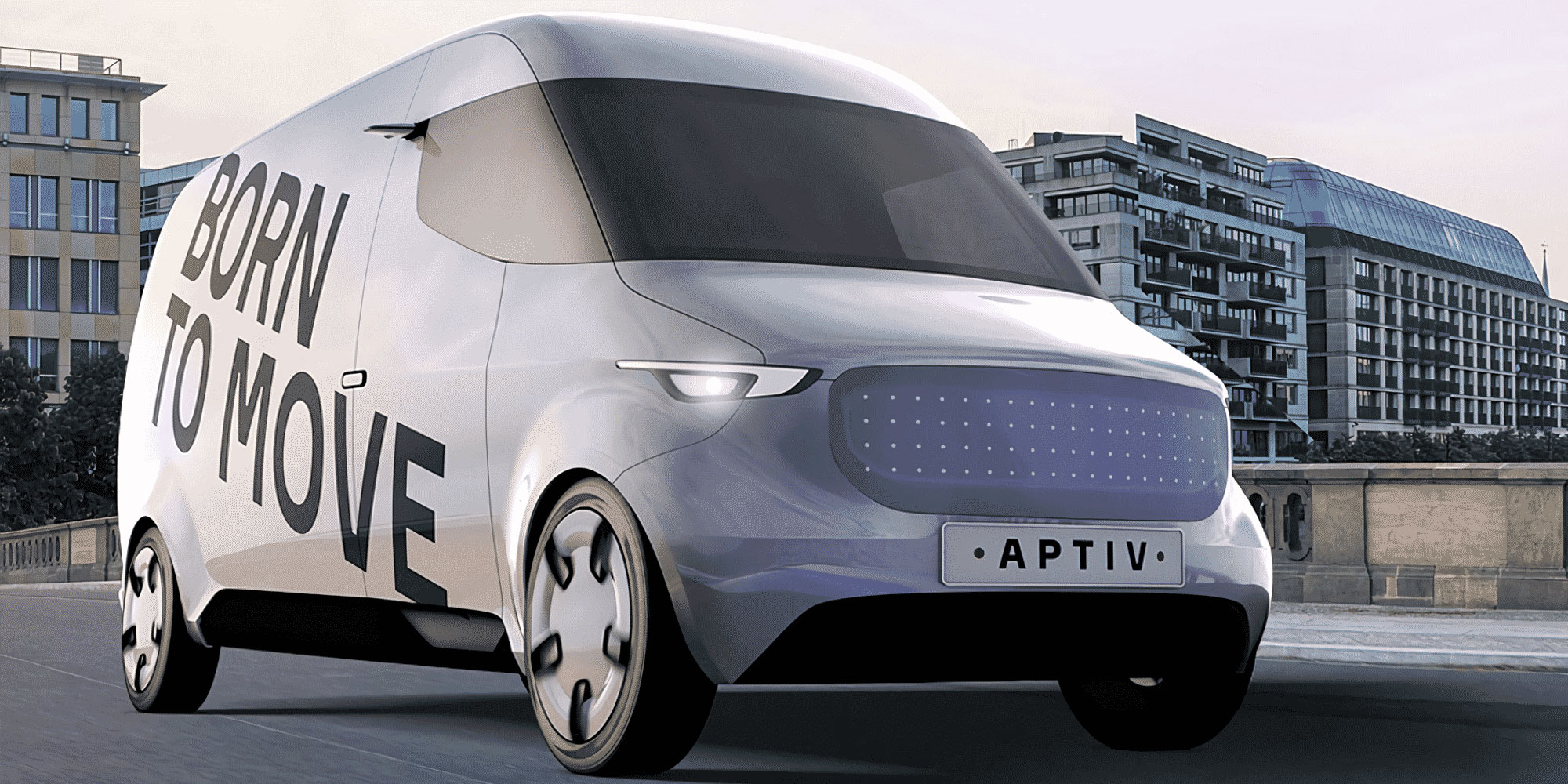
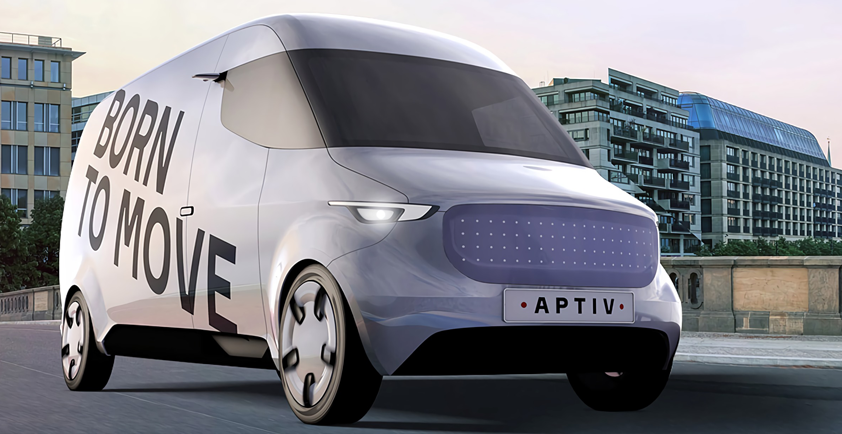
APTIV - COMMERCIAL VEHICLES DRIVE TOWARD A GREENER, SAFER AND MORE CONNECTED FUTURE
Commercial vehicles (CV) are the economic backbone of the markets they serve. And in this role, CV manufacturers and their customers need sustainable solutions. They need improvements in vehicle efficiency that deliver for both the environment and the bottom line. They need enhancements to the in-cabin user experience that will help keep drivers safe, and improve comfort in their “home away from home.” They need the extra set of eyes provided by advanced safety and connected fleet solutions. Above all else, they need reliable technology that keeps their vehicles in the field.
These solutions for a greener, safer and more connected CV industry not only make sound business sense, but are coming to a head with emerging legislation in these areas.
Driving vehicle efficiency
With fuel costs making up nearly 40% of operating costs, vehicle efficiency continues to be a powerful force in the industry. In fact, given high utilization and long service lives, investments in improved fuel economy can be a major competitive advantage. For example, in a typical class 8 truck, a 20% improvement in fuel economy can save $14,000 to $25,000 per year with paybacks possible within the first year.
And given the continued societal focus on emissions - particularly in congested urban centers - authorities worldwide are prioritizing more rigorous environmental control and taking action at the local, national and international level.
For example, the introduction of a new Ultra Low Emission Zone (ULEZ) in London will charge commercial vehicles that do not meet the required standards a hefty £100 (US$125) a day to drive into the heart of the UK’s capital city. The Paris Accord is also a catalyst for change in Europe, with heavy-duty vehicles accounting for approximately 25% of CO2 emissions from road transport in the EU, and 6% of total EU emissions. Consequently, the European Commission has enacted Regulation 2019/1242. This took effect on August 14, 2019, and set the first ever EU-wide CO2 standard for heavy-duty vehicles.
In the United States, the Environmental Protection Agency (EPA) is leading the Cleaner Trucks Initiative (CTI) to update standards for emissions from heavy-duty highway trucks and engines. With expectations that heavy-duty trucks will be responsible for one-third of nitrogen oxide (NOx) emissions from transportation in 2025, the EPA looks to update these standards to help meet National Ambient Air Quality Standards for ozone and particulate matter.
These new regulations, combined with growing environmental concerns from consumers, are resulting in an emphasis on electrification – which will ultimately lower fuel costs for operators.
Making the switch to battery power
In terms of migration to battery power, utility vehicles are proving best suited to early adoption. Daily mileages tend to be low, and the ancillary equipment on vehicles such as garbage trucks or aerial lifts are also a good match for electrification. Beyond this, the growing fleet of small to medium size vans that is needed to support the trend toward online shopping and home delivery is another good candidate for deployment of the latest generation of low/zero emission technology.
Clearly, this shift to electrification has involved a host of new engineering challenges. These include the need for cabling and connector solutions that can safely and efficiently manage the much higher voltages required. It also demands thoughtful consideration of the architecture to facilitate disconnecting the power during servicing and for first responders in the event of an accident.
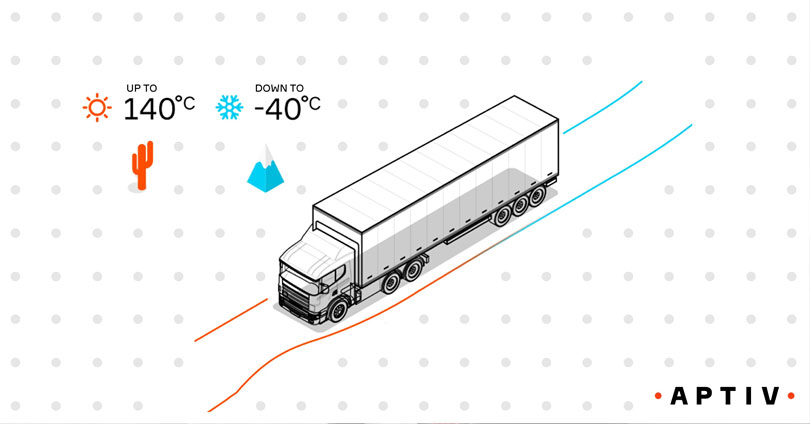
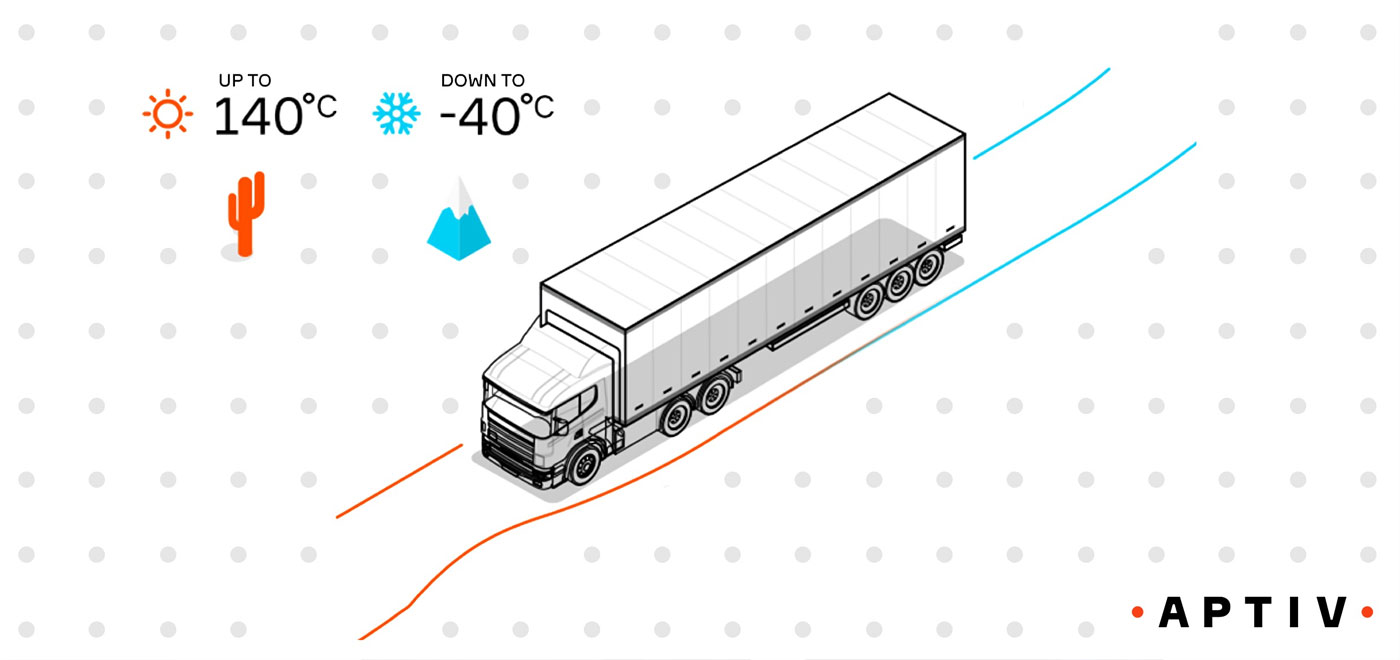
Aptiv has been at the forefront of this demanding field, developing solutions that meet the harsh requirements associated with commercial vehicles. Aptiv’s connection systems meet IP6K9K sealing ratings - the highest validation in protection against water and dust intrusion - as well as temperature fluctuations from -40°C up to +140°C.
Additionally, years of experience in managing high voltages and hybrid powertrain systems enables Aptiv to deliver optimized CV electrification solutions. This means the CV sector is now able to draw on a comprehensive range of robust distribution and connection systems optimized for the commercial vehicle market.
Improving safety
Technology has a key role to play in improving the overall driver experience. Specifically, it can act as a second set of eyes to improve safety, and enable a more connected digital experience that helps to differentiate OEM solutions. From a regulatory perspective, serious efforts are being made to address high road casualty figures. In particular, the focus is on vulnerable road users such as pedestrians and cyclists, where accidents with commercial vehicles are often caused by vision-related factors. The European Union is a leader here, with the revised General Safety Regulation set to become mandatory in 2022. The emphasis here is on driving proven active safety solutions, including systems that reduce dangerous blind spots and technology that warns the driver in case of drowsiness or distraction.2
These “active” solutions leverage robust sensing and perception systems, combined with advanced software algorithms, to warn the driver of issues or even take control in the event of an emergency.
Enhancing the driver experience
In addition to improving safety, the advanced compute platforms that support these solutions can also improve the overall user experience in the vehicle, enabling greater comfort and convenience in the cabin.
With a portfolio of Integrated Cockpit Controllers (ICC) and infotainment head units, Aptiv is a leader in this domain. Our scalable family of ICCs extends from entry-level to high-end solutions, supporting reconfigurable displays with a 40x improvement in graphics, and deep integration with consumer devices supporting the digital lifestyle that operators now expect in the cabin. Additionally, the Aptiv Connect platform is the only true end-to-end vehicle data platform with integrated hardware and software that helps manufacturers, suppliers, fleet managers, and other organizations capitalize on the data insights enabled through connectivity.
Making automation a reality
Looking further into the future, the deployment of active safety and connectivity solutions will represent important building blocks for automation such as ‘platooning’. By leveraging advanced vehicle-to-vehicle (V2V) communication, combined with deep systems automation, platooned vehicles only need to be controlled conventionally by a driver in the lead vehicle who is always “hands on.” Subsequent vehicles in the chain follow, and the drivers on board do not need to be in continuous active control. This enables platooned vehicles to travel safely at highway speeds while spaced closely together, improving fuel economy and potentially freeing up drivers to spend more time on the road, boosting productivity.
In order to take advantage of the full range of benefits offered by advanced automation solutions it is likely that motor vehicle codes will need revision – for example exempting automated platoons from existing “following-too-closely” rules. Indeed, over 15 U.S. states have already passed legislation allowing commercial vehicles to platoon. This is further evidence that thoughtful legislation can enable operators to reduce operating costs and improve productivity.
Shaping the future of the CV industry
Commercial vehicles have always played a critical role in the smooth running of the economy. Now that contribution is expanding to the pursuit of a safer and more sustainable future. To meet the regulations being introduced to achieve these ambitious goals, adoption of new technologies has become a necessity. However, the good news is that companies such as Aptiv, working in conjunction with its customers, are bringing new technologies to help solve the toughest challenges faced by commercial vehicle operators.
In areas such as electrification, user experience and active safety, there has already been huge investment in the development of innovative new solutions. Aptiv’s track record of meeting the performance requirements of extremely harsh environments means that CV standards for reliability, safety and performance are also assured. Consequently, OEMs and their customers can look forward to a future in which they not only remain on the right side of new regulatory frameworks, but also benefit from the improved operating costs, uptime and in-cabin experiences offered by safer, greener and more connected commercial vehicles.
Author: Erik de Wit, Vice President, Global Sales, Commercial Vehicle
